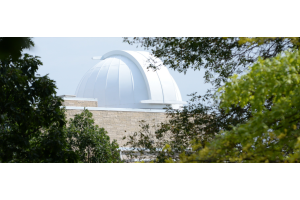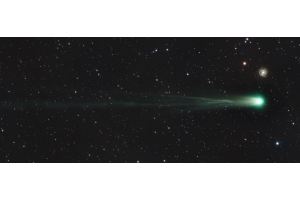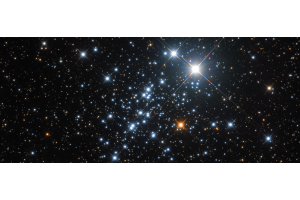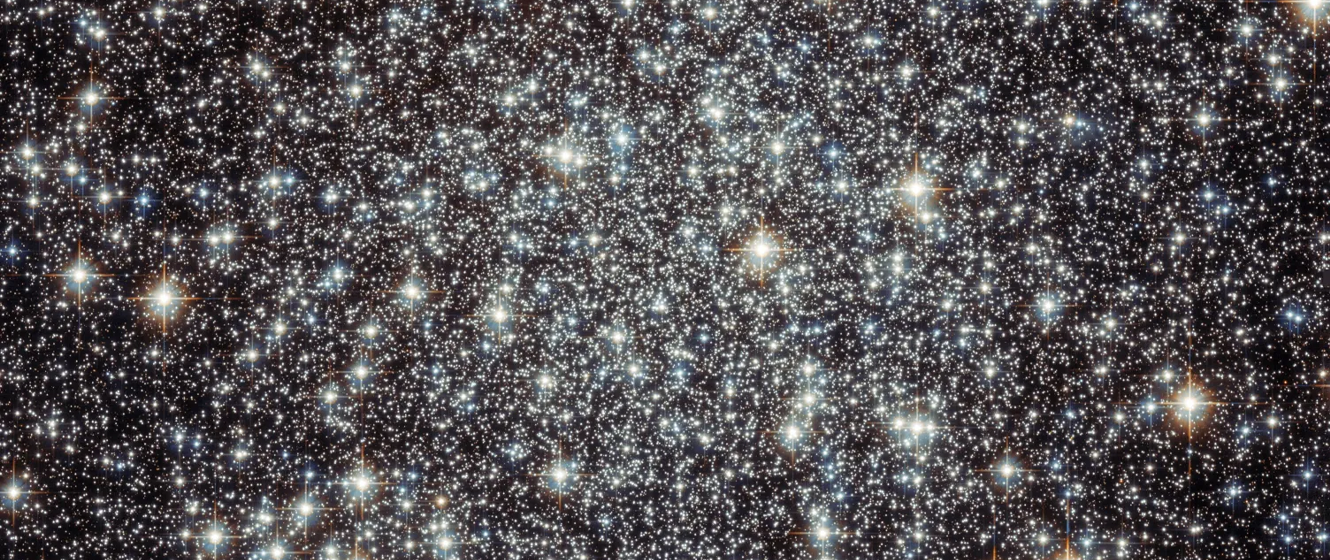
In this episode of What's in the Sky this Month, Teagan reviews some of the beautiful celestial objects you can see in the month of August 2025!

Image credit: Petr Horálek / Institute of Physics in Opava
The Perseid Meteor Shower
The famous Perseid meteor shower can usually be relied upon to put on a good show, but unfortunately, this year we might not be so lucky. The reason is the Moon, which will be a waning gibbous on the morning of the 12th, when the shower is at its best. As a result, its light will brighten the sky, making it harder to see the fainter shooting stars.
This being the case, it might be best to try your luck late in the evening of the 11th, before the Moon has a chance to sufficiently rise above the horizon. Wait until the sky is dark - roughly 90 minutes to two hours after sunset - and then look towards the north and east.
OUR NEAREST NEIGHBORS
Dim Mars is now only visible for a short time in the evening twilight, and appears low over the western horizon, with a slender crescent Moon beside it on the 26th. Saturn and Neptune are observable after midnight, with, on average, about 1.3 degrees separating the pair, but you’ll need binoculars or a telescope to spot distant Neptune. A waning gibbous Moon hangs to their right on the morning of the 12th. Uranus is also well-placed for observation in the early hours, but the predawn twilight belongs to Venus and Jupiter, which dominate the eastern horizon from around an hour before sunrise. They appear within the same 10x50 binocular field of view from the 6th to the 18th, but are closest on the 12th, when 0.9 degrees separate them. The stars Castor & Pollux appear to their left, with a crescent Moon nearby on the 19th and 20th. Mercury is also visible during the last ten days of the month, around 30 to 45 minutes before sunrise, and a crescent Moon accompanies an alignment of all three worlds on the 21st. There’s a full Sturgeon Moon in Capricornus on the 9th, and a new Moon on the 23rd.

Image credit: Viewfrom.earth
The Double Double (Epsilon Lyrae)
Here’s a great multiple star for binoculars and telescopic observers. Look just 1.7 degrees northeast of Vega with almost any binoculars and you’ll see a pair of identical white stars. Turn a telescope toward the pair and crank the magnification up to around 125x, and you’ll see each star is again split in two!
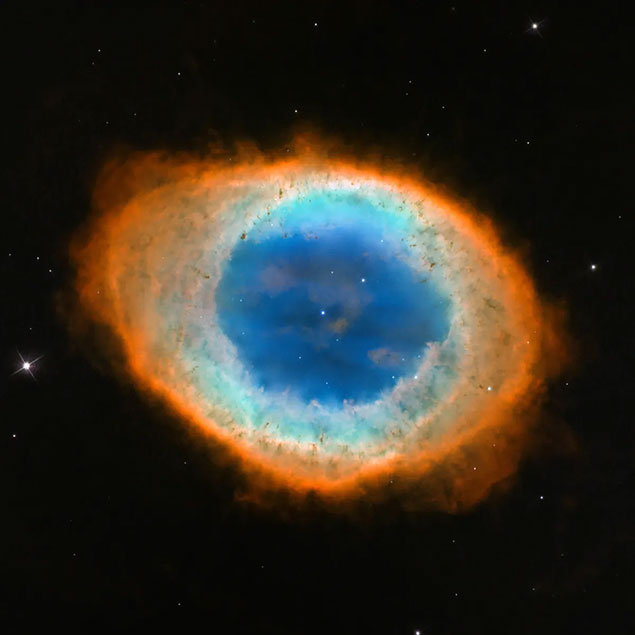
Image credit: NASA, ESA and the Hubble Heritage (STScI/AURA)-ESA/Hubble Collaboration
Messier 57 - The Ring Nebula
M57, the Ring Nebula, is also located in Lyra. It’s potentially detectable with binoculars, roughly midway between Sheliak and Sulafat (Beta and Gamma Lyrae, respectively), and resembles a small, gray ring of smoke when observed telescopically at around 100x.
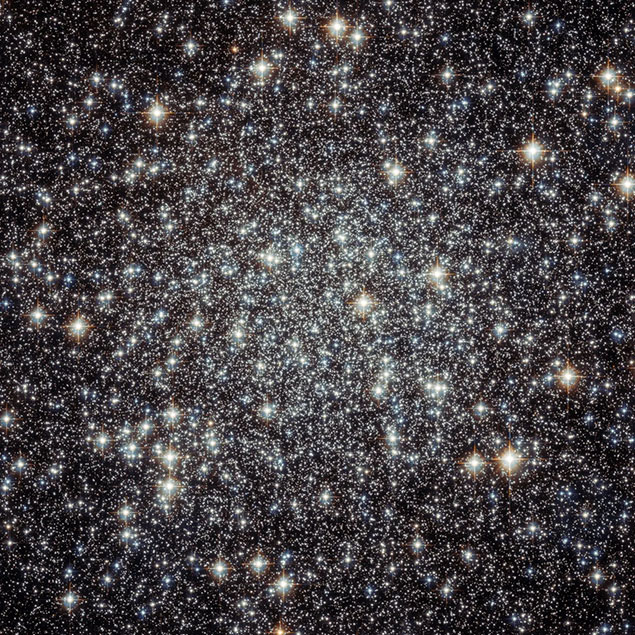
Image credit: ESA/Hubble & NASA
Messier 22
The globular cluster M22 in Sagittarius is best observed from the southern hemisphere, but can be seen from the United States. Visible with binoculars, the cluster appears circular and uniformly gray through a telescope at low power, with some resolution possible at around 100x.

Image credit: Tom Wildoner
Albireo (Beta Cygni)
A showcase telescopic double in almost everyone’s books, a low magnification will easily split Albireo into a pair of stars. The primary is gold, while the fainter secondary is a wonderful sapphire blue. Not to be missed!
STELLAR CONCEPTS
Meteor Shower: You’ve heard the term before, but what exactly is a meteor shower? On any given night, under ideal conditions, you could expect to see between two and seven meteors an hour. The vast majority of meteor showers produce more, but they also tend to originate from a specific area of the sky. Hence, the Perseids appear to originate from Perseus. Showers occur when the Earth passes through a cloud of debris, typically left behind by a comet. As the comet periodically passes the Sun, more debris is left behind, renewing the shower and ensuring it appears annually at the same time every year.






